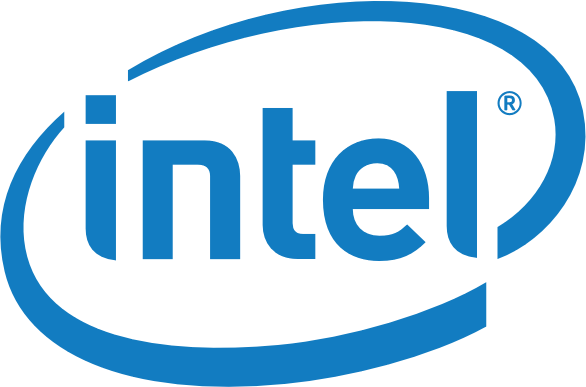This is typical party line that "unified memory" architecture fanatics have been parroting Apple marketing for more than two years by now. To the extreme, 8GB in Apple Silicon is equivalent to what..16GB in Intel Mac. LoL
First off, I have never and will never make the argument that 8GB of RAM in an Apple Silicon Mac is equivalent to 16GB in an Intel Mac. That's not even remotely what I'm saying.
Don't want to be arguing like you..'cos I can repeat that to refute whatever you said too. LoL.
I mean, if you wanna pick fights on the Internet, be my guest. That's not my intention here at all and I won't partake.
The new Mac Pro is a failure because Apple Silicon architecture doesn't scale up well, easily and flexibly, even from Apple's standpoint not just users.
Apple's standpoint is that this machine is an upgrade over its predecessor. Also that it's no less flexible than its predecessor. That's not my standpoint. I do not necessarily agree with them. But, everything they have said about this machine publicly indicates that they believe it's a viable replacement product for the things that customers of its predecessor used it for.
Furthermore, unless you have the machine in front of you, you're arguing tech specs over real-world performance. I'm not saying that this machine can or can't outperform a fully configured 2019 model. Just that, from Apple's point of view, more than 192GB of RAM isn't necessary and that expandable graphics are also not necessary.
Again, I do not agree or disagree with this sentiment because I do not have either Mac Pro in front of me.
People want more memory, and more powerful GPUs in Mac Pro.
Apple doesn't agree with you. Or at least, they find that the advantages of the unified architecture vast outweigh those desires.
Personally, I don't disagree with you. But I'd imagine, especially after the trash can fiasco, they did enough homework to make sure that the 2023 iteration could properly serve the needs of the vast majority of those who own 2019 models.
Apple cannot provide those under Apple Silicon architecture. Whether as-is is enough for some professional workflows matter less in the argument.
No, that IS the argument.
The new Mac Pro architecture is much less flexible than the old one. Not to mention limited PCIe bandwidth, non upgradable RAM, and lack of dGPUs as lots of people have been talking about but to me is of a lesser concern in my judgement being a failure.
It's a failure if it doesn't meet the needs of customers. If customers don't need more than what Apple offers, how is it a failure?
Again, I'm also skeptical of the lack of expandability here. Similarly, not socketing the SoC, at the very least, seems like a massive misstep for them. However, if one buys a 192GB/76-GPU-Core model, fills out every PCIe slot and everything works just fine with every need being met, what does it matter?




